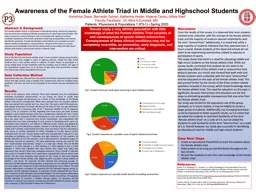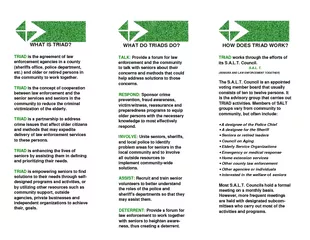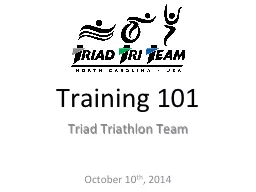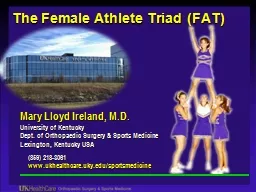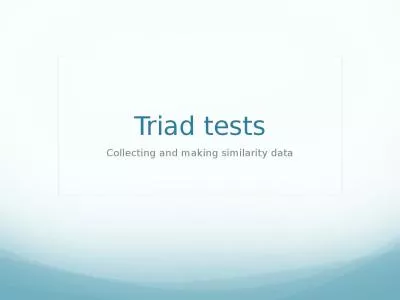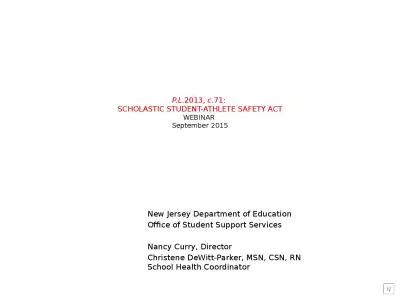PPT-Awareness of the Female Athlete Triad in Middle and Highschool Students
Author : berey | Published Date : 2022-06-15
Karishma Desai Bernardo Galvan Katherine Holder Kwame Opoku Abbie Raef Faculty Facilitator Dr Mimi A Zumwalt MD Patients Physicians amp Populations 1 P31 Spring
Presentation Embed Code
Download Presentation
Download Presentation The PPT/PDF document "Awareness of the Female Athlete Triad in..." is the property of its rightful owner. Permission is granted to download and print the materials on this website for personal, non-commercial use only, and to display it on your personal computer provided you do not modify the materials and that you retain all copyright notices contained in the materials. By downloading content from our website, you accept the terms of this agreement.
Awareness of the Female Athlete Triad in Middle and Highschool Students: Transcript
Download Rules Of Document
"Awareness of the Female Athlete Triad in Middle and Highschool Students"The content belongs to its owner. You may download and print it for personal use, without modification, and keep all copyright notices. By downloading, you agree to these terms.
Related Documents

